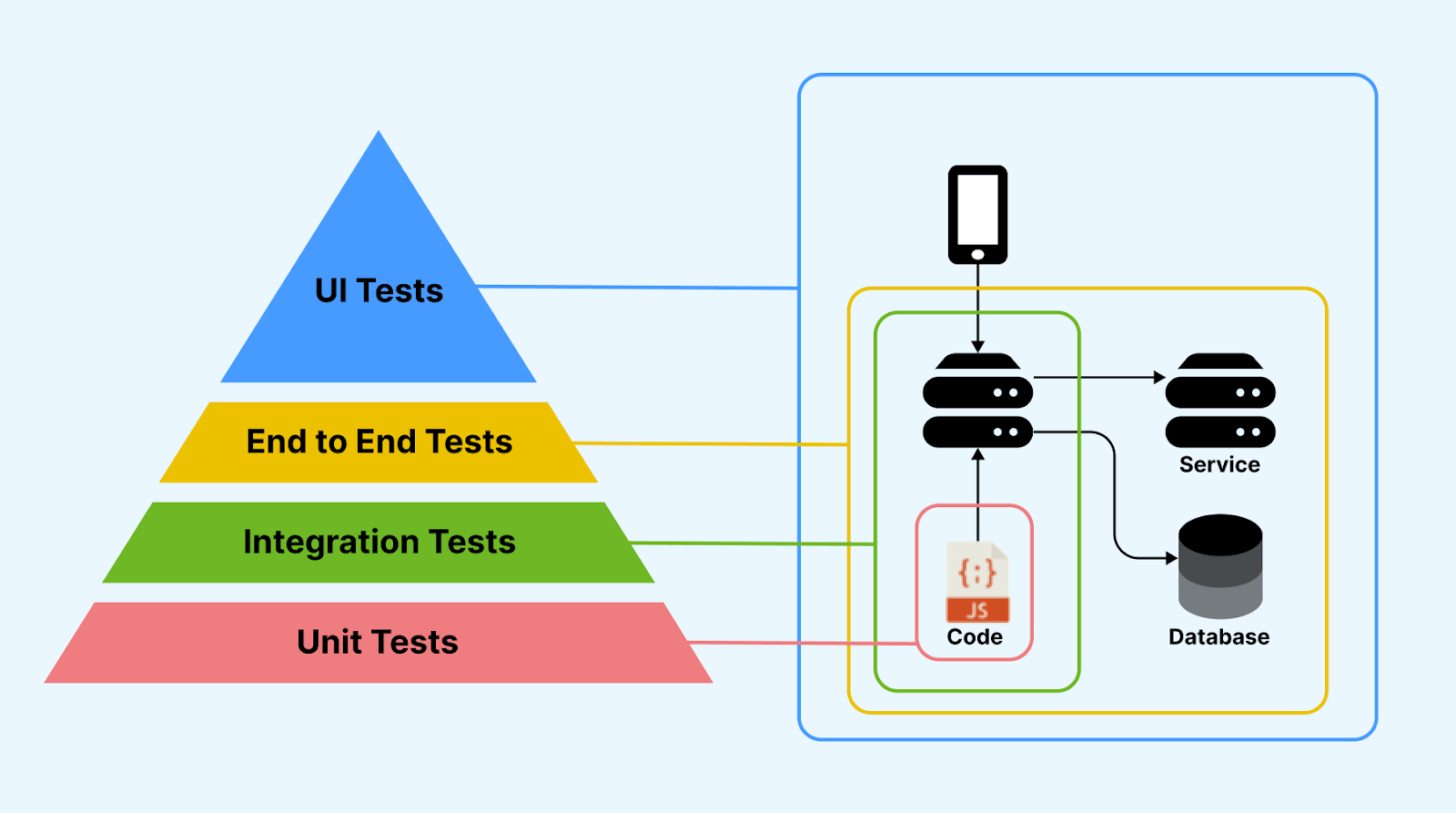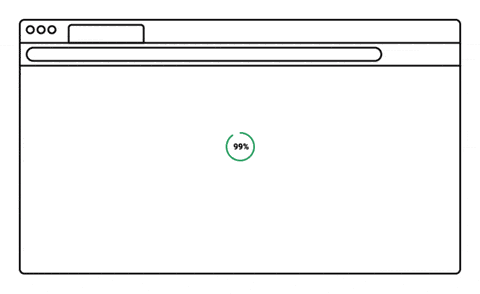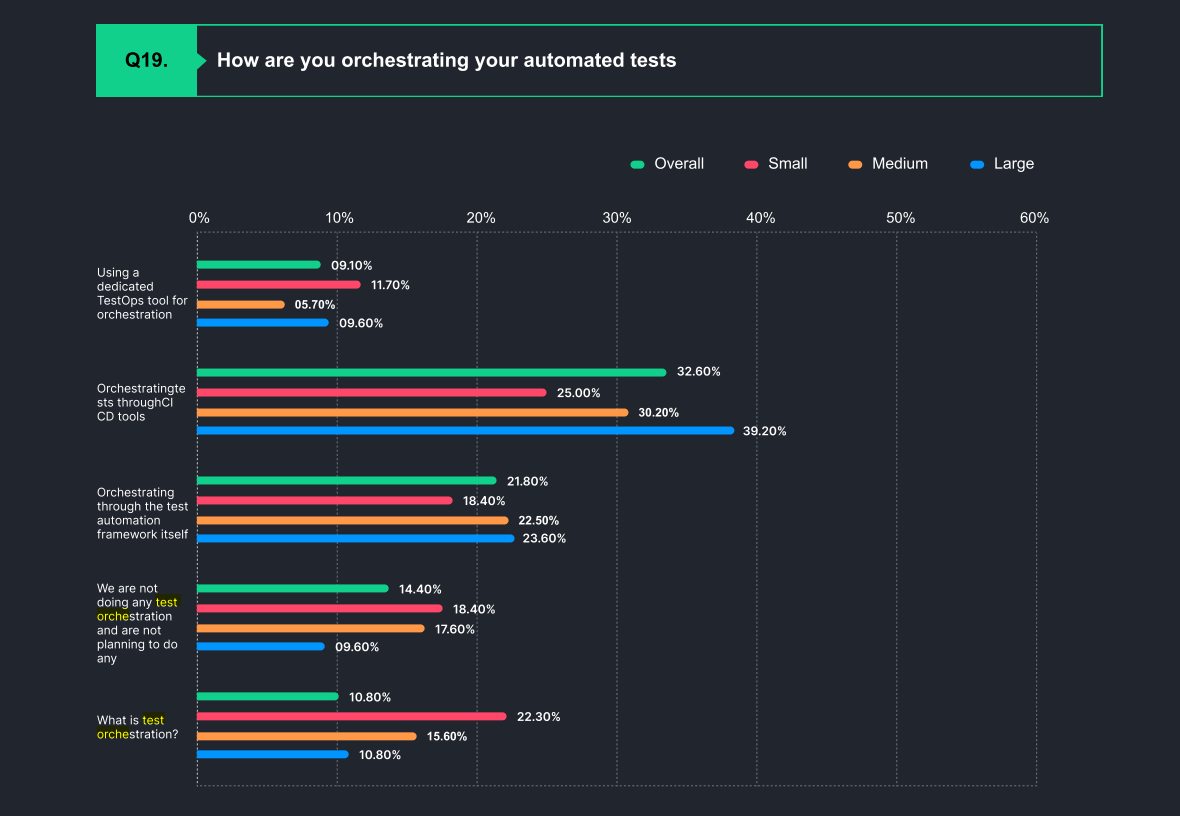Integrating E2E Testing in CI/CD Pipelines for Enhanced Customer Satisfaction
Nishtha Gupta
Posted On: January 29, 2024
![]() 28945 Views
28945 Views
![]() 10 Min Read
10 Min Read
Today, software applications are built in small components, each built with specific requirements that are optimized for the best outcome. Each and every component contributes to the overall functioning of the system. While testing components individually can stabilize them, it doesn’t assure that the entire system meets requirements. To ensure seamless collaboration among components and deliver the intended output to end-users, comprehensive testing of the entire system in a production-like environment is necessary.

This is where end-to-end (E2E) testing comes into picture. E2E tests play a crucial role in ensuring the overall health and reliability of a system. Lying just below UI testing at the top of the testing pyramid, E2E testing focuses on selecting user scenarios and verifying that all system components generate the intended outputs during interactions. For some applications, E2E testing holds more significance than UI testing, offering enhanced results. This post will deep dive into how E2E testing can impact user satisfaction and shares the best practices to integrate it into your existing CI pipelines for seamless software delivery.
How can E2E Tests ensure Happy Customers?
Performing end to end tests on your apps and software makes sure that it meets the user expectations and requirements, delivering a smooth and consistent user experience across different browsers, devices, and platforms. Some of the reasons why end-to-end testing is essential for user satisfaction are:
- Ensures the Functionality and Reliability of the App: While E2E tests ensure that the app produces correct results for user inputs and actions, it also validates if the app integrates well with other services and systems like- payment gateways, APIs and databases. In addition, this form of testing also helps in identifying and resolving any functional bugs or minor defects that may result in broken links, wrong calculations or missing information
- Handles Performance and Stability Bottlenecks: One of the most frustrating experiences for a user is slow page loading times or web/app crashing. E2E tests help in measuring the speed, responsiveness, and stability of the application under different conditions and scenarios, such as high traffic, load, stress, etc. It further evaluates scalability and availability of the application, and how it handles failures and errors. This helps to identify and prevent any performance bottlenecks or issues that may affect the user’s satisfaction, such as slow loading, crashes, timeouts, etc.
- Addresses Usability and Accessibility of the App: With so many devices today, it becomes important for an app to be accessible and usable in every situation. E2E testing assesses the design, layout, and navigation of the application, and how it meets the user’s needs and preferences. It also checks the compatibility and cross-functionality of the application across different browsers, devices, screen sizes and resolutions.
- Ensuring Security and Privacy of the App: While assessing the security and vulnerabilities of the application, E2E tests can prevent any unauthorized access, data leakage, or cyberattacks that may compromise the user’s data and trust. This is done by testing the security and privacy of the application, such as the encryption, authentication, authorization, etc.

Some real world examples that highlight the impact of end-to-end testing on customer satisfaction are:
- According to Google, 53% of mobile users abandon a site that takes longer than 3 seconds to load, and a one-second delay in page load time can reduce conversions by 7%.
- According to a report by IBM, the average cost of a data breach in 2020 was $3.86 million, and the average time to identify and contain a breach was 280 days.
- According to a survey by Qualtrics, 88% of consumers are less likely to return to a website after a bad user experience, and 70% of online businesses fail due to bad usability.
Common Challenges of Integrating E2E Tests into CI Pipelines
Integrating end-to-end (E2E) tests into Continuous Integration (CI) pipelines brings valuable benefits, but it also presents several challenges that development teams need to address:
- Increased Execution Time: E2E tests can be time-consuming due to their comprehensive nature. Running these tests as part of CI pipelines may lead to longer build times, affecting the overall development workflow.
- Resource Intensiveness: E2E testing often requires more resources, including server capacity and browser instances. This increased demand for resources can strain CI infrastructure, potentially leading to performance issues.
- Coordination with External Services: Many applications interact with external services or APIs. E2E tests need to coordinate with these external dependencies, which can introduce complexity and potential points of failure in CI pipelines.
- Dependency on External Environments: E2E tests may rely on external factors like network stability or third-party services. Variability in these external environments can lead to intermittent test failures and complicate the interpretation of results.
- Synchronization Challenges: E2E tests often involve multiple components that need to be synchronized, such as waiting for asynchronous processes to complete. Achieving synchronization can be challenging, especially in a dynamic CI environment.
- Maintenance Overhead: Maintaining E2E tests requires ongoing effort. As the application evolves, test scripts may need updates to align with changes in the user interface, functionality, or underlying technologies.
- Intermittent Failures: E2E tests may experience intermittent failures due to factors like UI rendering times, dynamic content, or race conditions. These intermittent failures can be challenging to diagnose and address.
- Parallelization Complexity: Running E2E tests in parallel is a common practice to reduce execution time. However, coordinating parallel test execution and managing shared resources can add complexity to the CI pipeline configuration.
- Cross-Browser Compatibility: Ensuring that E2E tests run seamlessly across different browsers adds complexity, as each browser may have unique behaviors and rendering engines.
- Data Setup and Cleanup: E2E tests often require specific data setups to simulate real-world scenarios. Ensuring proper data initialization and cleanup between tests can be challenging, particularly in a CI environment with concurrent test execution.
Despite these challenges, addressing them systematically and adopting best practices can lead to a robust integration of E2E tests into CI pipelines, ultimately enhancing the reliability and quality of software releases.
How to Integrate E2E Tests into CI/CD Pipelines?
Integrating end-to-end (E2E) tests into CI/CD pipelines isn’t a one-size-fits-all scenario. It hinges on several factors like the application type, complexity, testing tools, CI/CD platform, and team preferences. Despite the unique nature of each situation, there are some general principles and tips to guide you toward a successful integration:
- Choose Appropriate Testing Frameworks and Tools: You can explore E2E testing options like Selenium, Cypress, TestCafe, Puppeteer, and Playwright. Further, consider factors like ease of use, compatibility with your application and CI/CD platform, performance, reliability, support, and community.
- Thoughtful Test Design and Structure: Design E2E tests for clarity, maintainability, and reusability. Follow best practices such as adopting the Page Object Model pattern, using meaningful names for test cases and variables, avoiding hard-coded values through data-driven testing, incorporating comments and documentation, applying code formatting and linting, and utilizing code reviews and version control.
- Optimize Tests for Speed and Stability: By employing optimization techniques you can address the potential slowness and flakiness of E2E tests. These include parallelization, headless mode, test prioritization, test isolation, test retries, and comprehensive test reporting. Monitor and analyze test results and performance, identifying and resolving any issues or bottlenecks.
- Choose the Right Trigger and Frequency: Determine when and how often E2E tests should run in the CI/CD pipeline. Considering factors such as running smoke tests for every code change, regression tests for every pull request or merge, and acceptance tests for every release or deployment will help in balancing between speed and coverage that aligns with the team’s goals.
- Replicate Production Environment for Testing: Run E2E tests in an environment mirroring the production setup as closely as possible, encompassing configuration, data, and dependencies. This ensures the validity and reliability of tests, reflecting the actual user experience. Tools like Docker, Kubernetes, and Testcontainers can aid in creating and managing consistent and isolated test environments.
Benefits of Cloud-Based E2E Testing and CI Pipeline Integration
As the demand for seamless and high-quality web applications continues to rise, the adoption of cloud-based testing solutions coupled with integration into Continuous Integration pipelines has shown a multitude of benefits apart from on demand access of browsers and devices, cost efficiency or scalability. Some of these benefits include:
- Automated Testing: Integration with CI pipelines enables automated execution of E2E tests with every code commit. This automation enhances efficiency, reduces manual intervention, and accelerates the testing process.
- Continuous Feedback: CI integration provides real-time feedback on the health of the application, allowing developers to address issues promptly. Quick identification and resolution of bugs lead to a more stable codebase.
- Consistent Builds: CI ensures consistent and reproducible builds. Cloud-based E2E testing as part of the CI pipeline guarantees that each build undergoes the same comprehensive testing process, enhancing the reliability of the software.
- Faster Release Cycles: The automation and parallel execution capabilities offered by cloud-based solutions within CI pipelines contribute to shorter release cycles. This agility is vital for keeping pace with rapidly evolving market demands.
Integration Example using an E2E Test Orchestration Platform
A cloud based E2E test orchestration platform helps automate the coordination and execution of tests within a CI/CD pipeline. According to the Future of Quality Report 2023, smart test orchestration is required to run tests most efficiently for faster execution times and for better developer feedback times. In addition to this, 44% of organizations are orchestrating tests via CI/CD tools or frameworks themselves. This can be even better through dedicated test orchestration and execution platforms like HyperExecute.

To integrate end-to-end testing with CI/CD pipelines using LambdaTest HyperExecute, you need to follow these steps:
- Create a LambdaTest account and get your username and access key from the profile section.
- Choose a CI/CD tool that supports LambdaTest HyperExecute integration, such as Jenkins, CircleCI, Travis CI, etc.
- Configure your CI/CD tool to run your end-to-end tests on LambdaTest HyperExecute, using your username and access key as credentials. You can also specify the desired browsers, devices, and operating systems for your tests.
- Optionally, you can also enable parallel testing, screenshots, video recording, and other features offered by LambdaTest HyperExecute to enhance your testing experience and results.
- By integrating end-to-end testing with CI/CD pipelines using LambdaTest HyperExecute, you can ensure the quality and reliability of your application across different browsers, devices, and operating systems, without having to maintain your own infrastructure. You can also get faster feedback and reduce the time and cost of testing.
For an example of how to use LambdaTest HyperExecute with Selenium or Cypress, you can check out these blog posts:
LambdaTest’s seamless integration with CI pipelines, coupled with more than 3000 browsers and devices, LambdaTest ensures thorough testing coverage. The user-friendly interface, scalability, and support for parallel execution make it a valuable asset for development teams aiming to elevate their testing practices.
Got Questions? Drop them on LambdaTest Community. Visit now














